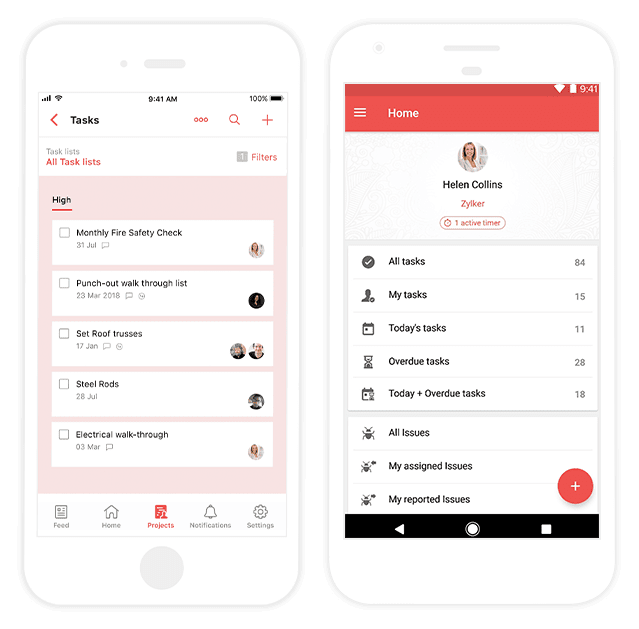Cloud and Mobile - they go hand in glove. But how mobile-friendly is your business process, and is the suite of applications supporting this? What is mobile anyway? Does this mean running everything on a mobile phone? And should you jump in, just because "it's there"? What are the considerations of a mobile business suite?

What is mobile, actually?
The first thing to come in mind with a lot of people is that "mobile" means running your business from a mobile phone. Whilst the Tre is a smartphone component to this, it is not the definition of Mobile in the sense of business applications. The mobile refers to the employee - work from anywhere. The second component, is working on any device. Whether it is a smartphone, a tablet, or a desktop PC - your own device, or a device at an "internet cafe". A mobile enabled workforce is able to access crucial business systems over these devices easily, and securely. As such, a Mobile Workforce is able to work from any location on any device.

Mobile phone access is not a downsized desktop access
Having apps in the cloud, accessed via an internet browser or a mobile phone does not mean it is conducive to mobile productivity. For example - if it is difficult to open and use the CRM system on the mobile phone, then people will simply not update the system adequately - regardless of the availability of a "mobile phone client". When selecting the CRM system for a mobile workforce, look for things such as an AI driven agent, so the user can use natural language to update the CRM system on the phone.
Similar for the service delivery (projects or field service). if the mobile phone application does not allow for direct incorporation of multi-media (i.e. photo/video) to highlight a particular issue, the added value of the smartphone is lost. and the form-factor starts working against the user. A great user interface on phones is significantly different from a user interface on the desktop or tablet. Where the large screen focuses on getting actionable information to the user, the mobile screen is focused on one action at the time.

Work from anywhere
Work is something you do, not a place you are at. This is the attitude of the modern workforce. Certainly, some jobs require you to be at a place at a fixed time, but most knowledge based work can be executed from anywhere, and some tasks can be done any time. This flexibility is not only great for productivity, it has benefits for the local economy and environment (less strain on infrastructure), lowers the requirement of office floor space and associated assets, and has a positive impact on the work/life balance of the employee. This does come with an additional responsibility on both employer and employee to set and deliver against expectations respectively. The mobile workforce is measured on impact and outcome, not mere presence. A system to measure both activity and outcome, as well as allow for smooth collaboration, should be part of your business applications suite for the mobile workforce.
Security
Within the walls of your organisation, you can cordon off the network - only people with access to your network can then access your applications and other IT resources. To enable remote work, the old-fashioned way of enabling access is via a VPN (Virtual Private Network) to the office, usually via a "tunnel" over the internet to your office network. What that means in practice is fidgety remote access protocols, and many dropouts due to packet loss. With all that gruesome user experience, one expects it to be top-notch secure - but nothing is further from the truth - VPN's are targeted by hackers, and not without success.
A better way is the encrypted access to a cloud application (HTTPS) with multi-factor authentication. This is a secure way of accessing your applications, and it provides a good user experience (no dropouts). The speed is just like any other internet application (where the traditional VPN is like pushing thick molasses through a small funnel, uphill). Cloud service providers also have the scale to provide a level of security that is simply unattainable for the local IT data center.
In summary
A mobile workforce is more than just allowing your employees use a mobile phone for some tasks, or to log in remotely via a VPN - a true mobile workforce requires the following to be effective:
Access from anywhere on any device
Fast and secure (multi-factor authentication) login and access of applications and data
Mobile applications tailored to executing tasks rapidly, desktop applications focused on providing actionable information
Identical customer experience, regardless of the employee's device of choice in executing the task.
Did you know? Zoho One comes with mobile clients for nearly all workflows? These mobile clients are available for iOS and Android, and are available at no extra cost. Working from a laptop/tablet? The multi-factor authentication and secure access keeps your data safe, no matter where the work is done. Try Zoho One today. your mobile workforce will thank you for it.
